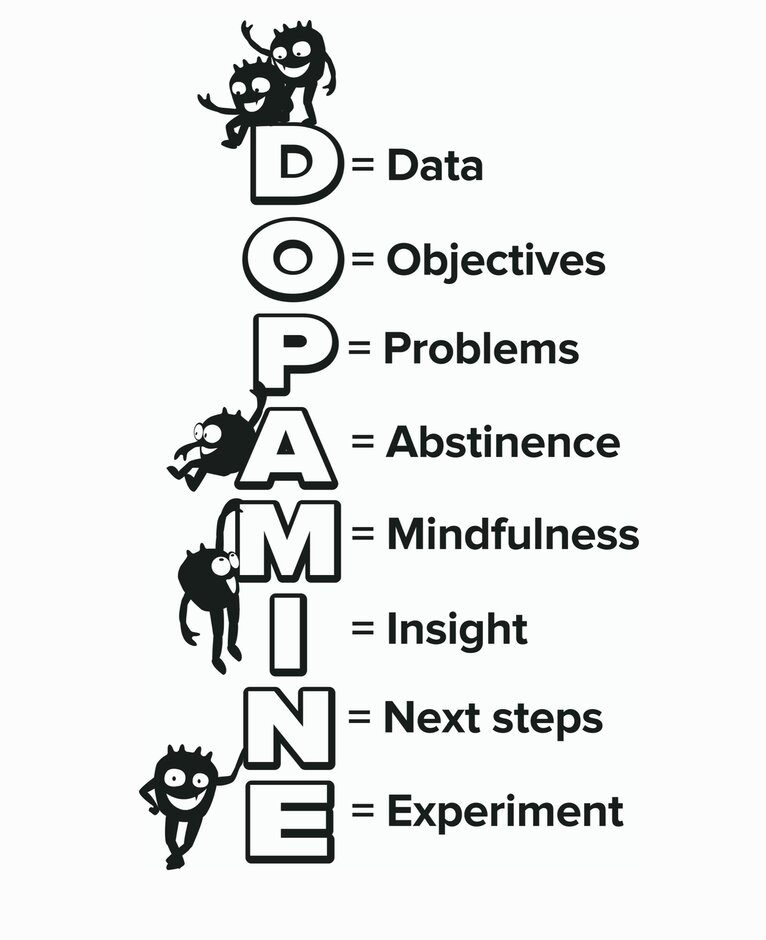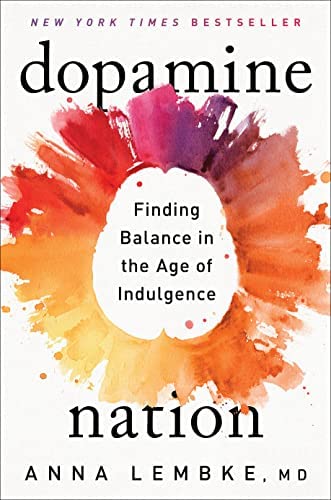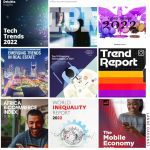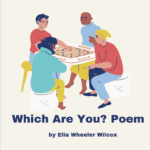In Dopamine Nation: Finding Balance in the Age of Indulgence, author and psychiatrist Dr. Anna Lembke unpack the neuroscience of reward and profer strategies to find a better, healthier balance between pleasure and pain. The book is based on true stories of her patients falling prey to addiction and finding their way out again. The author offers practical solutions for how to manage compulsive overconsumption in a world where consumption has become the all-encompassing motive of our lives.
A Dopamine World
We’ve transformed the world from a place of scarcity to a place of overwhelming abundance: Drugs, food, news, gambling, shopping, gaming, texting, sexting, Facebooking, Instagramming, YouTubing, tweeting . . . the increased numbers, variety, and potency of highly rewarding stimuli today is staggering. The smartphone is the modern-day hypodermic needle, delivering digital dopamine 24/7 for a wired generation. If you haven’t met your drug of choice yet, it’s coming soon to a website near you.
Scientists rely on dopamine as a kind of universal currency for measuring the addictive potential of any experience. The more dopamine in the brain’s reward pathway, the more addictive the experience.
Addiction broadly defined is the continued and compulsive consumption of a substance or behavior (gambling, gaming, sex) despite its harm to self and/or others.
One of the biggest risk factors for getting addicted to any drug is easy access to that drug. When it’s easier to get a drug, we’re more likely to try it. In trying it, we’re more likely to get addicted to it.
Digital Drugs
“The world now offers a full complement of digital drugs that didn’t exist before, or if they did exist, they now exist on digital platforms that have exponentially increased their potency and availability. These include online pornography, gambling, and video games, to name a few.”
The Internet promotes compulsive overconsumption not merely by providing increased access to drugs old and new, but also by suggesting behaviors that otherwise may never have occurred to us. Videos don’t just “go viral.” They’re literally contagious, hence the advent of the meme

People, Places, and Things
In Alcoholics Anonymous, the catchphrase to describe this phenomenon is people, places, and things. In the world of neuroscience, this is called cue-dependent learning, also known as classical (Pavlovian) conditioning.
Once we get the anticipated reward, brain dopamine firing increases well above tonic baseline. But if the reward we anticipated doesn’t materialize, dopamine levels fall well below baseline. Which is to say, if we get the expected reward, we get an even bigger spike. If we don’t get the expected reward, we experience an even bigger plunge.
“Without pleasure we wouldn’t eat, drink, or reproduce. Without pain we wouldn’t protect ourselves from injury and death. By raising our neural set point with repeated pleasures, we become endless strivers, never satisfied with what we have, always looking for more.”
Drug of Choice
What’s pleasurable for one person may not be for another. Each person has their “drug of choice. Not everyone starts out with a level balance: Those with depression, anxiety, and chronic pain start with a balance tipped to the side of pain, which may explain why people with psychiatric disorders are more vulnerable to addiction Our sensory perception of pain (and pleasure) is heavily influenced by the meaning we ascribe to it.
What’s pleasurable for one person may not be for another. Each person has their “drug of choice.
Addiction Stats
- Today, 6.5 trillion cigarettes are sold annually around the world, translating to roughly 18 billion cigarettes consumed per day, responsible for an estimated 6 million deaths worldwide.
- Seventy percent of world global deaths are attributable to modifiable behavioral risk factors like smoking, physical inactivity, and diet. The leading global risks for mortality are high blood pressure (13 percent), tobacco use (9 percent), high blood sugar (6 percent), physical inactivity (6 percent), and obesity (5 percent). In 2013, an estimated 2.1 billion adults were overweight, compared with 857 million in 1980. There are now more people worldwide, except in parts of sub-Saharan Africa and Asia, who are obese than who are underweight.
- Rates of addiction are rising the world over. The disease burden attributed to alcohol and illicit drug addiction is 1.5 percent globally, and more than 5 percent in the United States. These data exclude tobacco consumption. Drug of choice varies by country. The US is dominated by illicit drugs, Russia and Eastern Europe by alcohol addiction.
“Global deaths from addiction have risen in all age groups between 1990 and 2017, with more than half the deaths occurring in people younger than fifty years of age.”
- In 2012, enough opioids were prescribed for every American to have a bottle of pills, and opioid overdoses killed more Americans.
Self-Binding
It is the way we intentionally and willingly create barriers between ourselves and our drug of choice in order to mitigate compulsive overconsumption. Self-binding is not primarily a matter of will, although personal agency plays some part. Rather, self-binding openly recognizes the limitations of will.
The key to creating effective self-binding is first to acknowledge the loss of voluntariness we experience when under the spell of a powerful compulsion, and to bind ourselves while we still possess the capacity for voluntary choice. If we wait until we feel the compulsion to use, the reflexive pull of seeking pleasure and/or avoiding pain is nearly impossible to resist. In the throes of desire, there’s no deciding. But by creating tangible barriers between ourselves and our drug of choice, we press the pause button between desire and action.
“Self-binding can be organized into three broad categories: physical strategies (space), chronological strategies (time), and categorical strategies (meaning).”
Physical Self-Binding
From lockboxes that limit our access, to medications that block our opioid receptors, to surgeries that shrink our stomachs, physical self-binding is everywhere in modern life, illustrating our growing need to put the brakes on dopamine.
Chronological Self-Binding
Another form of self-binding is the use of time limits and finish lines. By restricting consumption to certain times of the day, week, month, or year, we narrow our window of consumption and thereby limit our use. For example, we can tell ourselves we’ll consume only on holidays, only on weekends, never before Thursday, never before 5:00 p.m., and so on.
Categorical Self-Binding
Categorical self-binding limits consumption by sorting dopamine into different categories: those subtypes we allow ourselves to consume, and those we do not. This method helps us to avoid not only our drug of choice but also the triggers that lead to craving for our drug. This strategy is especially useful for substances we can’t eliminate altogether but that we’re trying to consume in a healthier way, like food, sex, and smartphones.
Radical Honesty
Radical honesty—telling the truth about things large and small, especially when doing so exposes our foibles and entails consequences—is essential not just to recovery from addiction but for all of us trying to live a more balanced life in our reward-saturated ecosystem.
Denial
Denial is likely mediated by a disconnect between the reward pathway part of our brain and the higher cortical brain regions that allow us to narrate the events of our lives, appreciate consequences, and plan for the future. Many forms of addiction treatment involve strengthening and renewing connections between these parts of the brain.
All the Best in your Quest to get better. Don’t Settle: Live with Passion. #!00BooksReadingChallenge2023 #1



1 Comment
Pingback: The DOPAMINE Framework by Dr. Anna Lembke. | Lanre Dahunsi